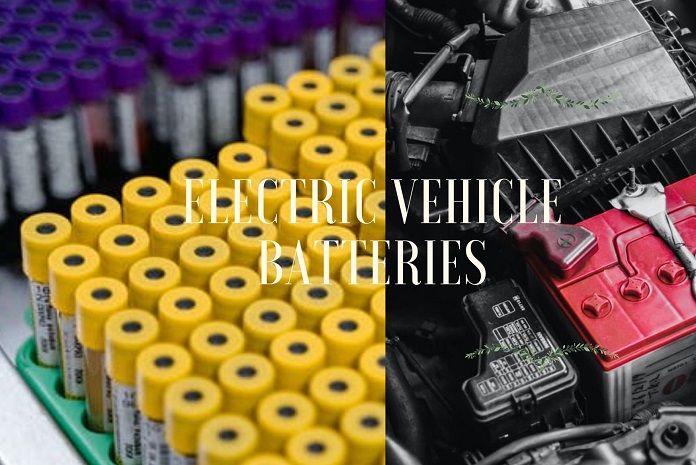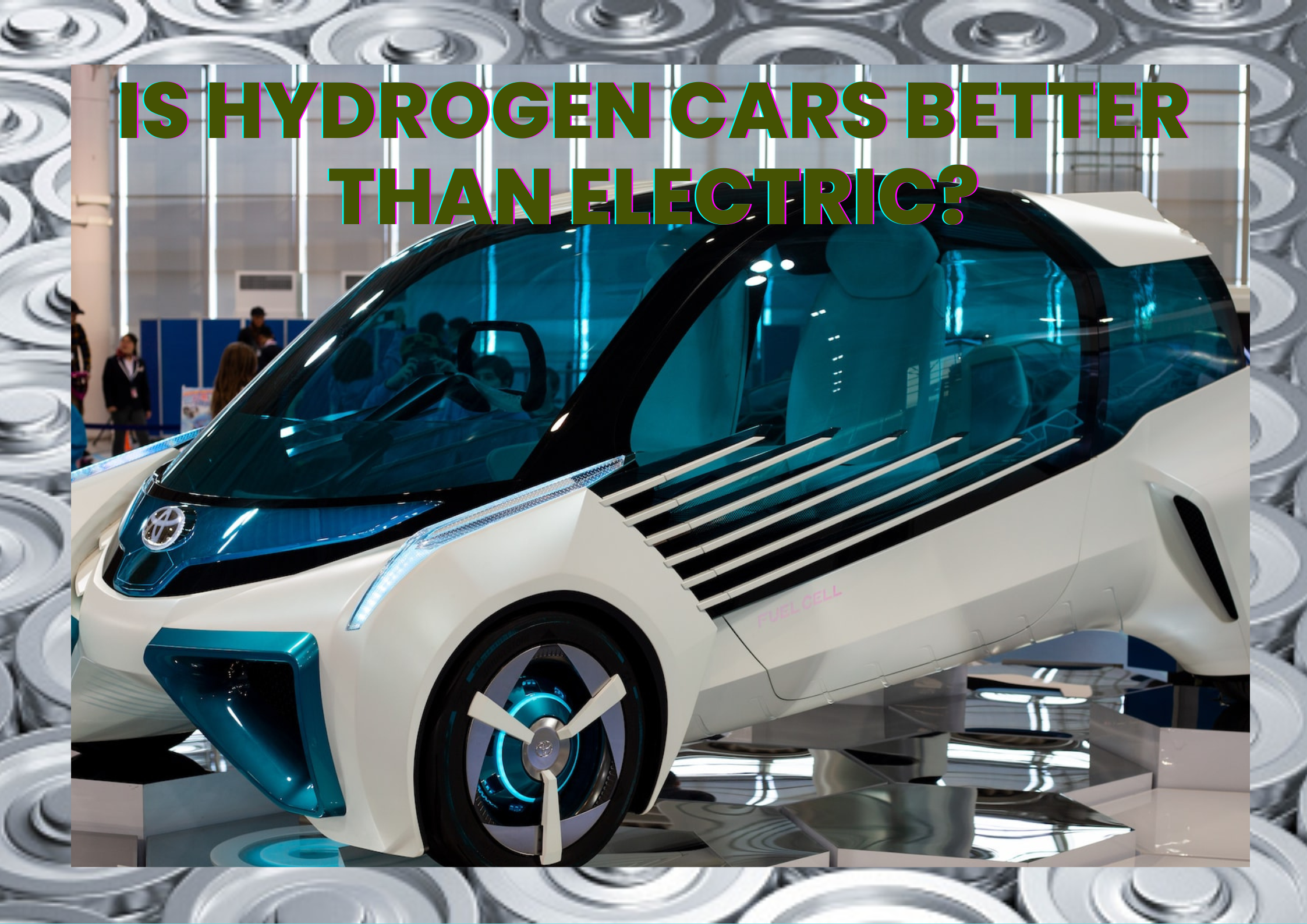The latest data from the Battery Technology Alliance (BTA) shows that in 2017, lithium-ion battery manufacturers produced a total of 663.8 million lithium batteries worldwide. This is a 4.1% decline from the previous year and a 7.0% decline since 2021 to 485,000 tons.
Lithium-ion batteries – which are used by electric vehicles to store energy generated by electric motors – have the potential to reduce carbon dioxide emissions worldwide, but are currently facing several challenges across key markets such as China and Europe.
For example, in 2016 nearly 98% of the Global production of lithium ion batteries was done in China, where it is also one of the world’s largest producers. However, there are concerns that this Chinese production has led to a shortage which has been impacting the industry globally
The Battery
What is a lithium-ion battery?
A lithium-ion battery is a rechargeable energy storage device. It can be used in any electric vehicle, including hybrids and EVs. Today, most electric vehicles use lithium-ion batteries. The process to make Li-ion batteries is called LiMnO 2 (Lithium manganese dioxide) Technology has been around since the 1970s. Currently, the main suppliers of Li-ion batteries: are Samsung SDI Co., Ltd. (South Korea), SK Hynix Inc. (South Korea), Toshiba Corporation (Japan), and Panasonic Corp. (Japan). For these companies, product sales are dominated by Lithium-ion batteries or LIPA. The two types of LiMnO 2 technology are: Molybdenum manganese dioxide process and Monel manganese dioxide process
 It’s for this reason that we have to be careful about how much of our projects are focused on Li-ion batteries alone; and if too much focus is put on it, we risk missing opportunities for other things that can be done with this technology in the future. We need to see the bigger picture here — although it’s not hard to spot when you look closely at a product like Tesla Model S or Leaf — and understand that while they are using some Lithium ion technology, they use more than one type of technology to power their cars (and there’s quite a difference between “went through development hell but turned out good” and “didn’t go through development hell but turned out good — in part because I was really fucking stupid). In fact, Tesla has said that they will probably only use more than one type of battery for their cars in the future — which is true since as far as I know most of the major manufacturers don’t use two different kinds of batteries for their cars either — so you should always be looking for ways to improve your product in order to make it more attractive to customers in the future; even if you think it won’t matter anyway!
It’s for this reason that we have to be careful about how much of our projects are focused on Li-ion batteries alone; and if too much focus is put on it, we risk missing opportunities for other things that can be done with this technology in the future. We need to see the bigger picture here — although it’s not hard to spot when you look closely at a product like Tesla Model S or Leaf — and understand that while they are using some Lithium ion technology, they use more than one type of technology to power their cars (and there’s quite a difference between “went through development hell but turned out good” and “didn’t go through development hell but turned out good — in part because I was really fucking stupid). In fact, Tesla has said that they will probably only use more than one type of battery for their cars in the future — which is true since as far as I know most of the major manufacturers don’t use two different kinds of batteries for their cars either — so you should always be looking for ways to improve your product in order to make it more attractive to customers in the future; even if you think it won’t matter anyway!
What is the difference between lithium carbonate and lithium hydroxide?
Lithium carbonate (LiCO 3 ) is the most commonly used battery electrolyte and is also a common chemical compound that is used in various industries and applications.
Lithium hydroxide (LiOH) is a very wide variety of different compounds that are all considered to be LiOH and most likely all have the same properties.
There are some interesting differences between lithium hydroxide and lithium carbonate, which makes it much better suited for use in electric vehicles (EVs).
First, lithium hydroxide has a much higher solubility at high temperatures, while lithium carbonate has a lower solubility. Second, it appears that LiOH reacts with water to form LiOH-water mixtures during cycling. This can lead to degradation of the electrolyte material, which can make replacing a LiCO 3 cell more complicated than replacing a normal cell with LiOH. Third, as mentioned previously: LiOH does not react with water to form LiOH-water mixtures during cycling. Fourth, there are reports suggesting that the reaction mechanism for LiOH probably involves oxidation rather than reduction of oxygen ions leading to the formation of more stable ammonium ions.
It’s worth noting here that Ammonia Reduction Reaction (ARR) is an extremely rare reaction involving nitrogen gas under high pressure and temperature conditions. During ARR reactions both species can be produced simultaneously: ammonium ions can be produced from ammonia by reduction to nitrous acid as well as nitrous acid being formed by reduction of ammonia resulting in an ionic bond between the two species. If you’re interested in ARR chemistry check out this excellent paper on ARR chemistry.
Hence we are not surprised that Ammonia Reduction Reaction is so rare in this context: it doesn’t occur frequently enough for many reasons including some very basic ones such as heat dissipation during rapid cooling or even just because there isn’t enough time or oxygen available before reaching critical temperature due to fast evaporation at high pressure or because it’s just too hard! Due to the extremely rare nature of ARR reactions, no commercial battery manufacturers utilize ARR chemistry inside their cells; instead, they rely on non-ARR solutions such as sodium carbonate or hydrochloric acid. The reason why LiCO 3 batteries have become so popular over the years despite their low solubility requirements is that they don’t require any special materials
How do they differ in performance?
Electric vehicles (EVs) are great for the environment, but they are not green. They emit more carbon dioxide than gasoline-powered cars and trucks do. That’s the bad news. The good news is that electric vehicles emit less carbon dioxide than gasoline-powered ones, and EV batteries can be lithium-ion. Lithium ion batteries are similar to lead-acid batteries in that they use a chemical compound that is inexpensive and easy to make. In fact, a lot of electric cars use lithium ion batteries today as a way of reducing their weight, thus saving fuel costs (and gasoline prices).
The real difference in performance between lithium ion and lead acid batteries lies in their electrolyte; the electrolyte is what allows current to flow through the battery and determines how long it takes before it needs to be charged again.
As an example, lithium ion batteries have a capacity of 3200 mAh/g (or 800 Wh/kg) whereas lead acid batteries tend to have a capacity of around 1500 mAh/g or 500 Wh/kg.
In theory, you should never have to charge an EV battery more than once per day: one full discharge followed by one full recharge takes place every 24 hours on average. However, the rate at which you recharge an EV battery can vary considerably depending on its state of charge (SOC). If you do charge your EV battery overnight, however — even if only for a short time — you will be paying for that energy multiple times; so charging overnight can add up quickly if you aren’t careful about it.
Generally speaking, lithium ion batteries offer some advantages over lead acid ones:
- They are efficient – just like primary batteries such as NiCd or NiMH do – and have higher starting capacities than lead acid ones; the disadvantage is that these high starting capacities take longer to reach full capacity; this makes them less economical to produce than lead acid ones (but more economical when producing small volumes since it is cheaper to produce tiny amounts).
- They last longer – because they contain only one electrolyte composition rather than two different compositions (with each composition being appropriate for different uses).
- They are lighter – though this doesn’t necessarily mean they perform better due to weight savings. On balance, though it does seem true that lighter EVs tend to perform better over time as well as being cheaper per mile driven due to lower weight elsewhere (though this won’t necessarily hold true with
Conclusion
Lithium is one of the most abundant elements in the universe and is a key ingredient for many important batteries, including lithium ion (LI) and nickel-metal hydride (NiMH). While there are numerous types of Li in use, the two main forms are lithium carbonate (which is more abundant than Li+ itself) and lithium hydroxide (which comes in two forms: LHA and LEO).
For electric vehicles, it’s not just about finding a way to store your energy more effectively. It’s also about how well that energy can be used. With batteries being one of the biggest barriers to achieving this, we need to figure out what kind of Li we’re using.
Over the last 4 years or so, I have been studying Li-ion batteries from both a technical and business perspective. The first part of my work was on an experimental battery system where I created an electrode material with a 3D network design that allowed for faster mixing and mixing between different electrodes during cycling. I also studied how this modification could improve electrolyte performance by increasing capacitance and changing electrolyte properties such as ionic conductivity. In my second part, I wanted to understand how commercial products using these electrodes can be improved by adopting some of the improvements I made earlier in experiments with 3D networks.
In this post, I will discuss some of the results from these two parts in detail. The two main developments were:
1) A new electrode material that uses a larger surface area for improved mixing during cycling; This material allows for faster charging/discharging cycles that require less energy over time than current Li-ion batteries; 2) A new electrolyte material that works well with all existing materials but increases ionic conductivity when paired with metallic NiMH electrodes; Both of these are currently used for commercial products like electric car chargers or motorcycles with custom battery packs.



